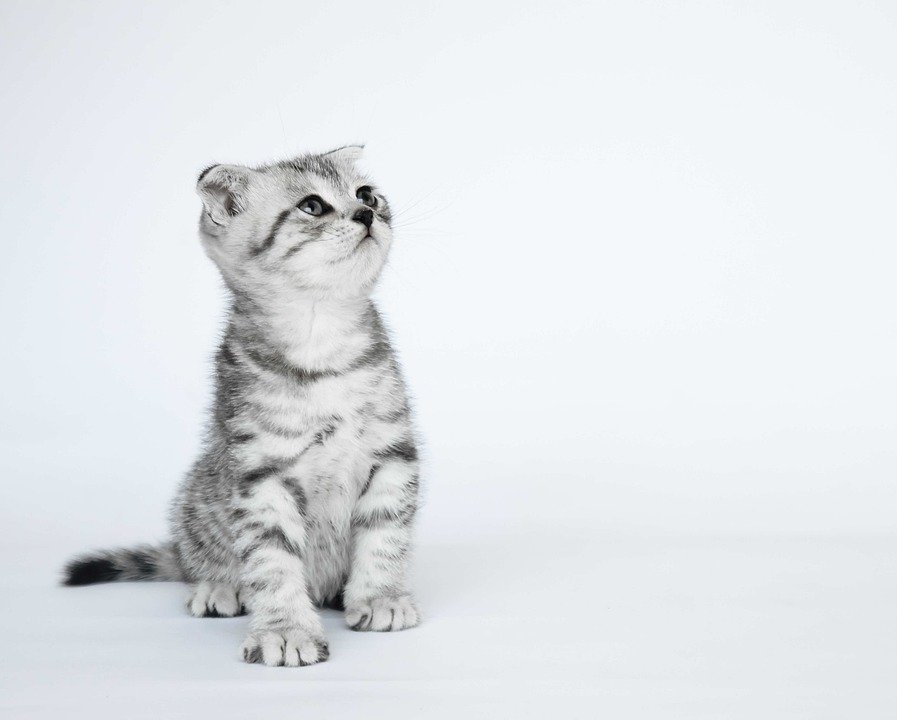
Short-haired cats are often perceived as low-maintenance pets due to their sleek fur and minimal shedding. However, regular grooming is still vital to ensure their coats remain healthy and their skin stays in top condition. This comprehensive guide will delve into essential grooming practices that will keep your short-haired feline looking and feeling their best.
Understanding the Basics of Short-Haired Cat Grooming
Before delving into specific grooming techniques, it’s important to understand why grooming is crucial for short-haired cats. While their fur may not mat easily, it can still harbor dust, dirt, and loose hairs. Grooming not only enhances their coat’s shine but also stimulates blood circulation and helps monitor for skin issues or parasites.
The Importance of Regular Grooming
Regular grooming sessions help reduce shedding, minimize hairballs, and allow for early detection of health issues. Cats are adept at self-grooming, but they benefit from human assistance to cover areas they might miss and to remove loose fur effectively.
Choosing the Right Tools
Investing in the right grooming tools is essential. For short-haired cats, a rubber brush or grooming mitt is often sufficient to remove loose fur and debris. These tools are gentle and massage the skin, promoting healthy fur growth.
Brushing Techniques for Short-Haired Cats
Brushing your short-haired cat is a straightforward process, but doing it correctly ensures maximum benefits.
Frequency of Brushing
Short-haired cats typically require brushing once a week. However, during shedding seasons like spring and fall, you may need to increase this to two or three times a week to manage loose fur.
Effective Brushing Techniques
- Start by calming your cat with gentle petting.
- Use short, gentle strokes following the direction of hair growth.
- Pay extra attention to areas where shedding is more pronounced, like the back and sides.
- Always be gentle around sensitive areas such as the belly and face.
Bathing Your Short-Haired Cat
While cats are generally not fond of water, occasional baths can help keep their coat clean and reduce allergens.
When to Bathe
Bathing is not usually necessary for short-haired cats unless they are particularly dirty or have a medical condition that requires it. In such cases, aim to bathe them every few months or as needed.
Steps for a Stress-Free Bath
- Use a cat-specific shampoo to avoid skin irritation.
- Prepare a shallow bath with lukewarm water.
- Gently wet your cat using a cup or a detachable showerhead, avoiding the face.
- Apply shampoo and lather, then rinse thoroughly.
- Dry your cat with a towel and keep them in a warm, draft-free area until completely dry.
Understanding Nail Care
Keeping your cat’s nails trimmed is an integral part of their grooming routine. Long nails can cause discomfort or lead to injuries.
Trimming Your Cat’s Nails
- Use a cat-specific nail clipper for clean cuts.
- Handle your cat’s paws regularly to get them accustomed to touch.
- Trim only the sharp tip of the nail, avoiding the quick (the pink area).
- If you’re unsure, seek guidance from a veterinarian or professional groomer.
Ear and Eye Care
Regular checks and cleaning of your cat’s ears and eyes can prevent infections and discomfort.
Cleaning Your Cat’s Ears
- Inspect your cat’s ears weekly for dirt, wax, or unusual odors.
- Use a vet-recommended ear cleaner and a cotton ball to gently clean the outer ear.
- Never insert anything into the ear canal.
Eye Care Routine
- Check your cat’s eyes for discharge or redness.
- Use a damp cotton ball to wipe away any crust or debris from the corners.
- Consult a vet if you notice persistent tearing or irritation.
Dental Hygiene for Short-Haired Cats
Dental health is often overlooked but is a crucial aspect of your cat’s overall well-being.
Brushing Your Cat’s Teeth
- Use a cat-specific toothbrush and toothpaste.
- Start by getting your cat used to the taste of the toothpaste.
- Gently brush in circular motions, focusing on the gum line.
- Regular brushing can prevent tartar buildup and dental disease.
Alternatives to Brushing
If brushing is not feasible, consider dental treats or toys designed to reduce plaque. Regular veterinary dental check-ups are also advisable.
Recognizing Skin and Coat Issues
Regular grooming allows you to monitor your cat’s skin and coat for abnormalities.
Signs of Skin Problems
- Excessive scratching or licking
- Redness, bumps, or lesions on the skin
- Persistent dandruff or oily fur
If you notice any of these signs, consult your veterinarian to address potential allergies, infections, or other health concerns.
The Role of Nutrition in Coat Health
A balanced diet plays a vital role in maintaining your short-haired cat’s coat and skin health.
Choosing the Right Diet
Ensure your cat’s diet is rich in essential fatty acids, vitamins, and minerals. High-quality commercial cat foods are typically formulated to support coat health.
Supplements for Coat Health
Consider supplements like omega-3 and omega-6 fatty acids if your cat’s diet lacks these nutrients. Always consult with your veterinarian before introducing supplements.
Conclusion
Grooming your short-haired cat is not just about maintaining their appearance; it’s a crucial aspect of their overall health and well-being. Regular grooming sessions provide an opportunity to bond with your feline friend while ensuring they remain comfortable and healthy. By following these essential grooming tips, you can help your short-haired cat lead a long, happy, and healthy life.
#ChatGPT assisted in the creation of this article.






